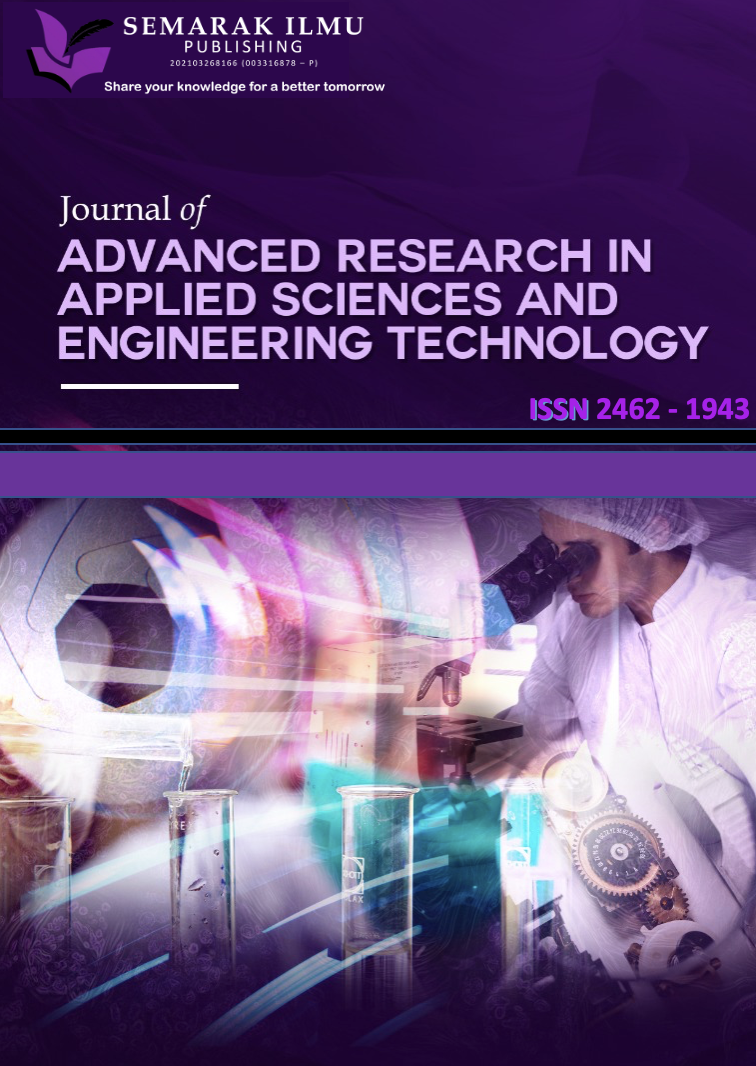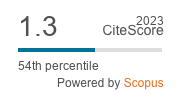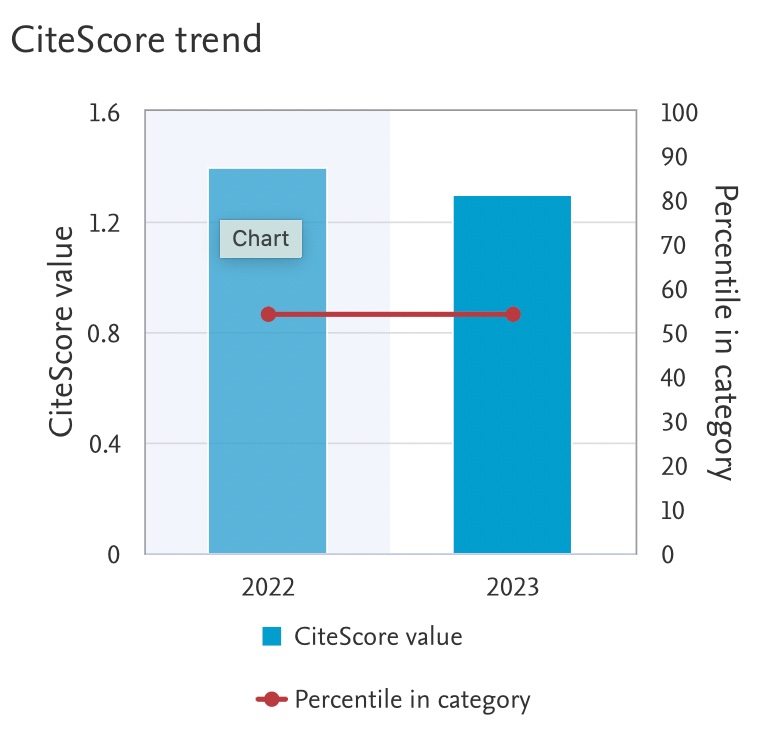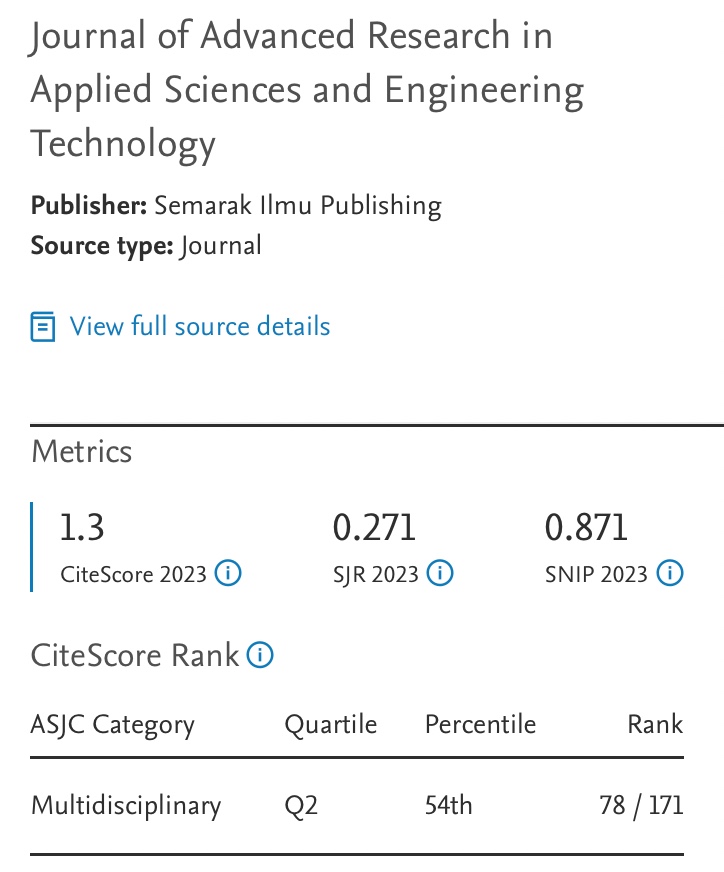Analysis of Hemodynamic Effect on Different Stent Strut Configuration in Femoral Popliteal Artery during the Physical and Physiological Conditions
DOI:
https://doi.org/10.37934/araset.29.1.223236Keywords:
Hemodnamics, stent, Peripheral arterial disease, CFDAbstract
Peripheral arterial disease (PAD) is a narrowing of the peripheral arteries that might result in blockage if not immediately treated. Normally, an invasive technique called stenting is used at the stenosed arterial region to restore normal blood flow. Thus, it promotes the formation of thrombosis on the stented artery due to the presenting flow recirculation. However, the rate of thrombosis growth was reported to be different for both genders. This is due to an increase in body surface area, body mass index, and weight of the body. Thus, this study aims to investigate the effect of the physiological and physical conditions of men and women with different hemodynamic parameters on the strut configuration in FPA. Five different stent strut configurations were modelled and inserted into the FPA. The computational fluid dynamic (CFD) method was implemented to solve the continuity and N-S equations. The hemodynamic performance of the stent was analyzed based on hemodynamic parameters consisting of time- averaged wall shear stress (TAWSS), time-averaged wall shear stress gradient (TAWSSG), oscillatory shear index (OSI), and relative residence time (RRT). According to the observations, the distal region of the stented FPA had more dominant flow re-circulation than the proximal region. The high void area contributed to less growth of the thrombosis.
Downloads




























